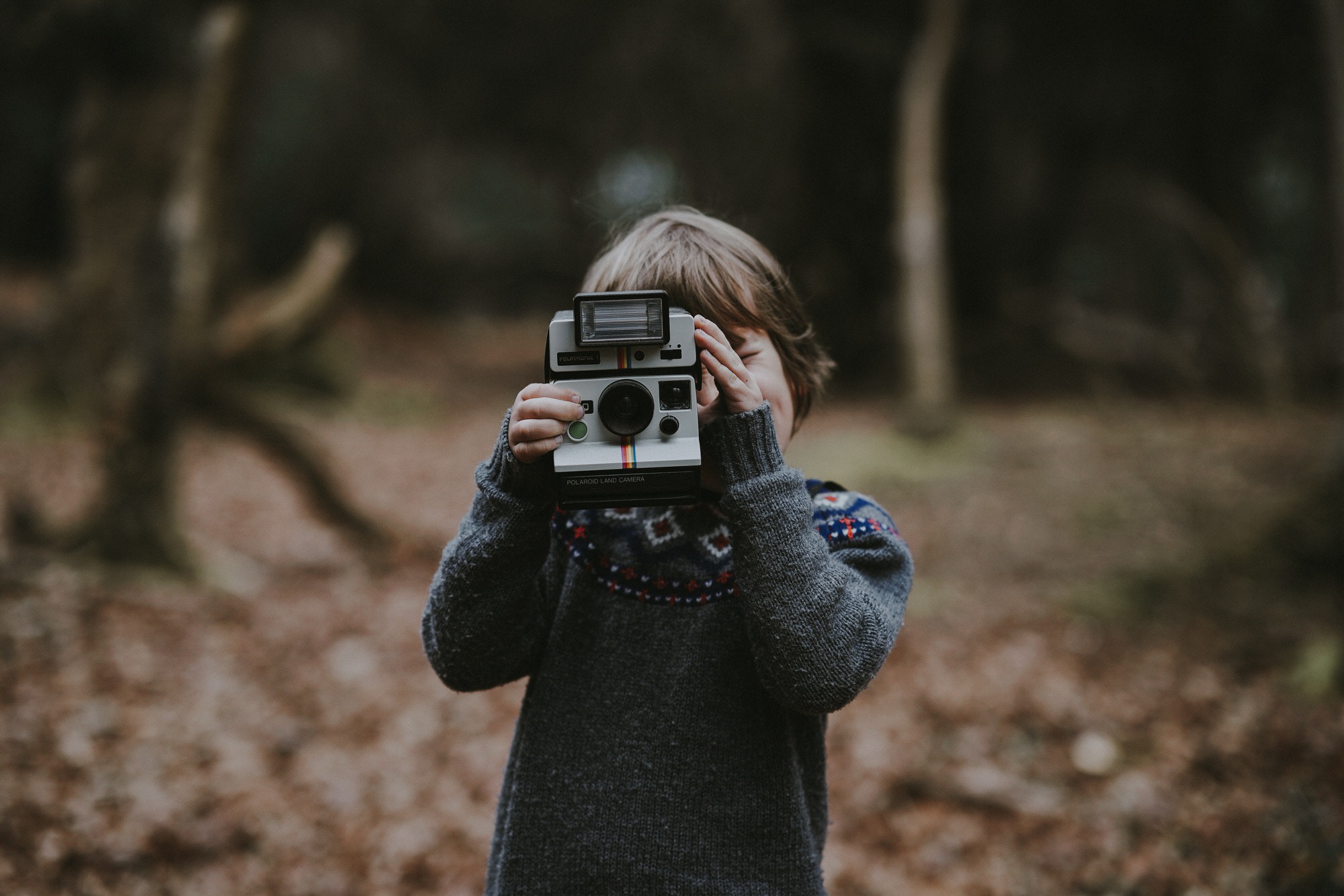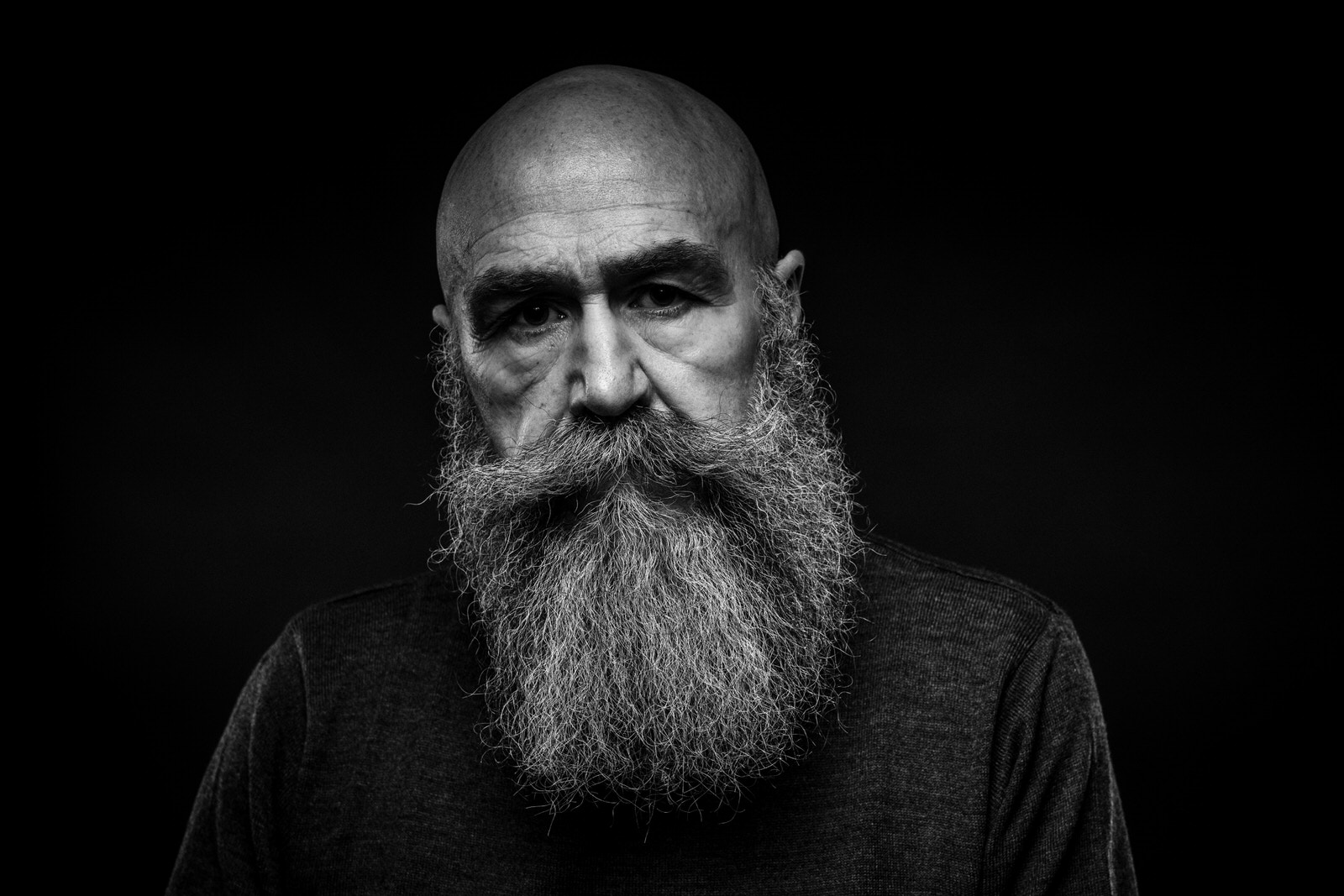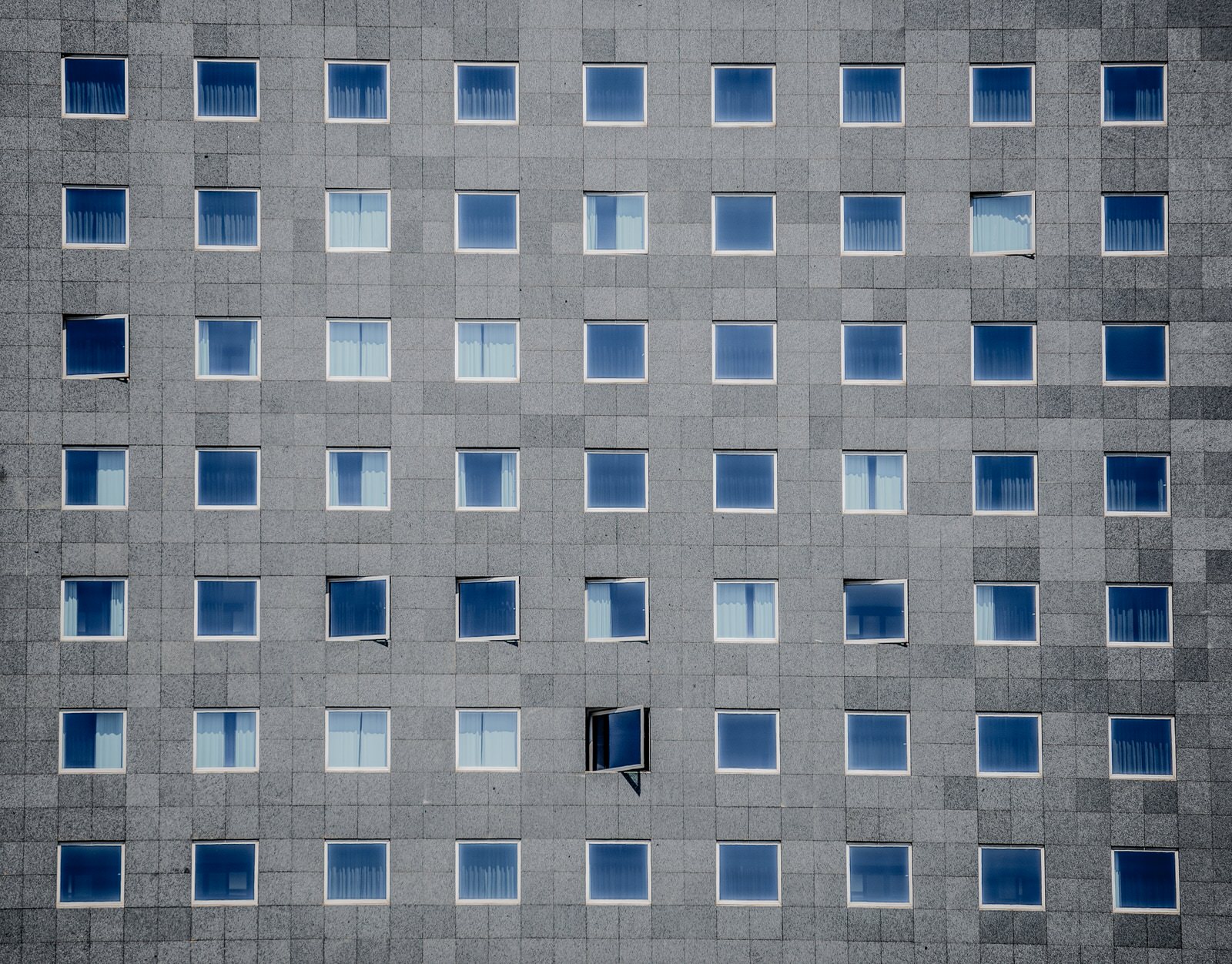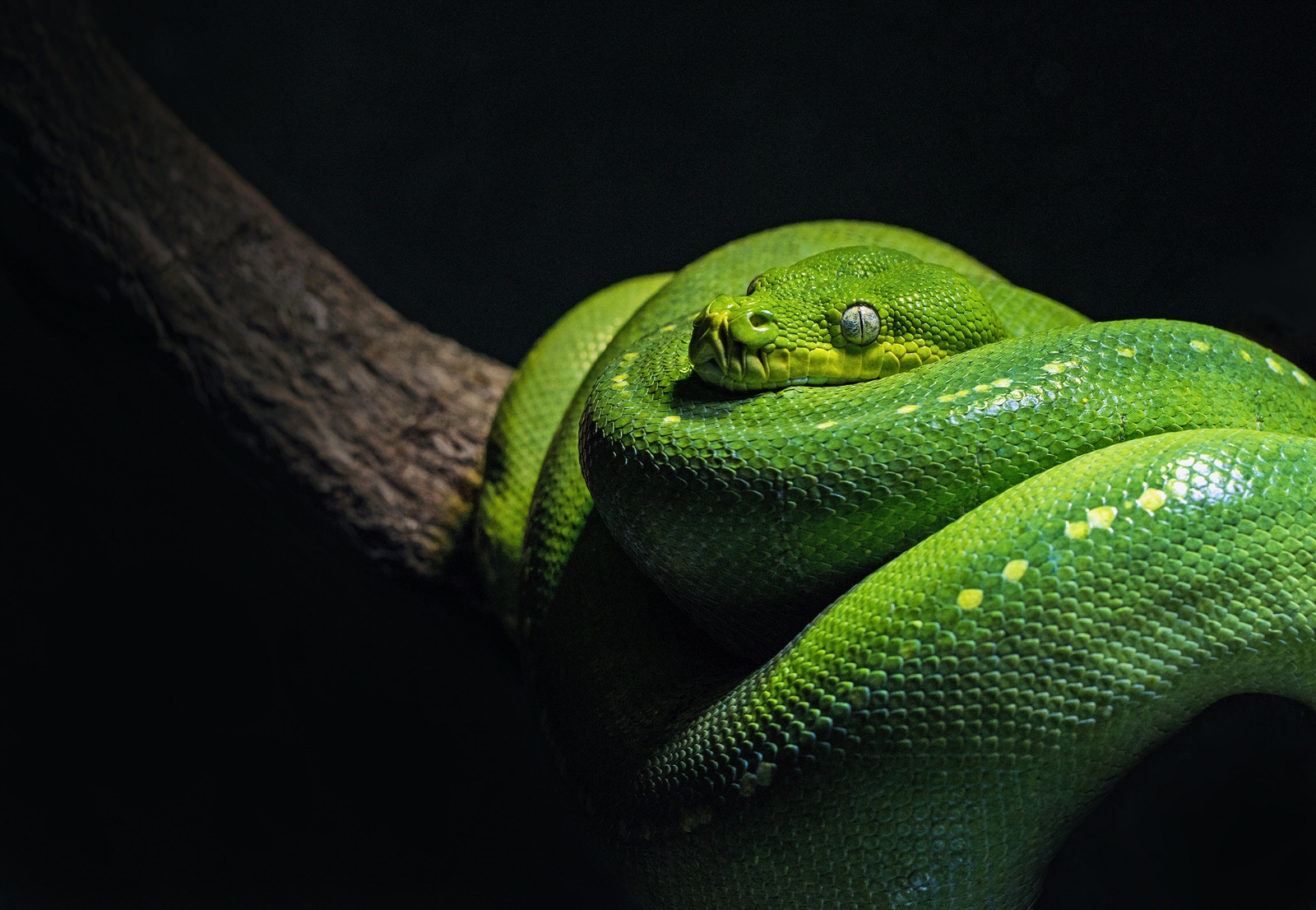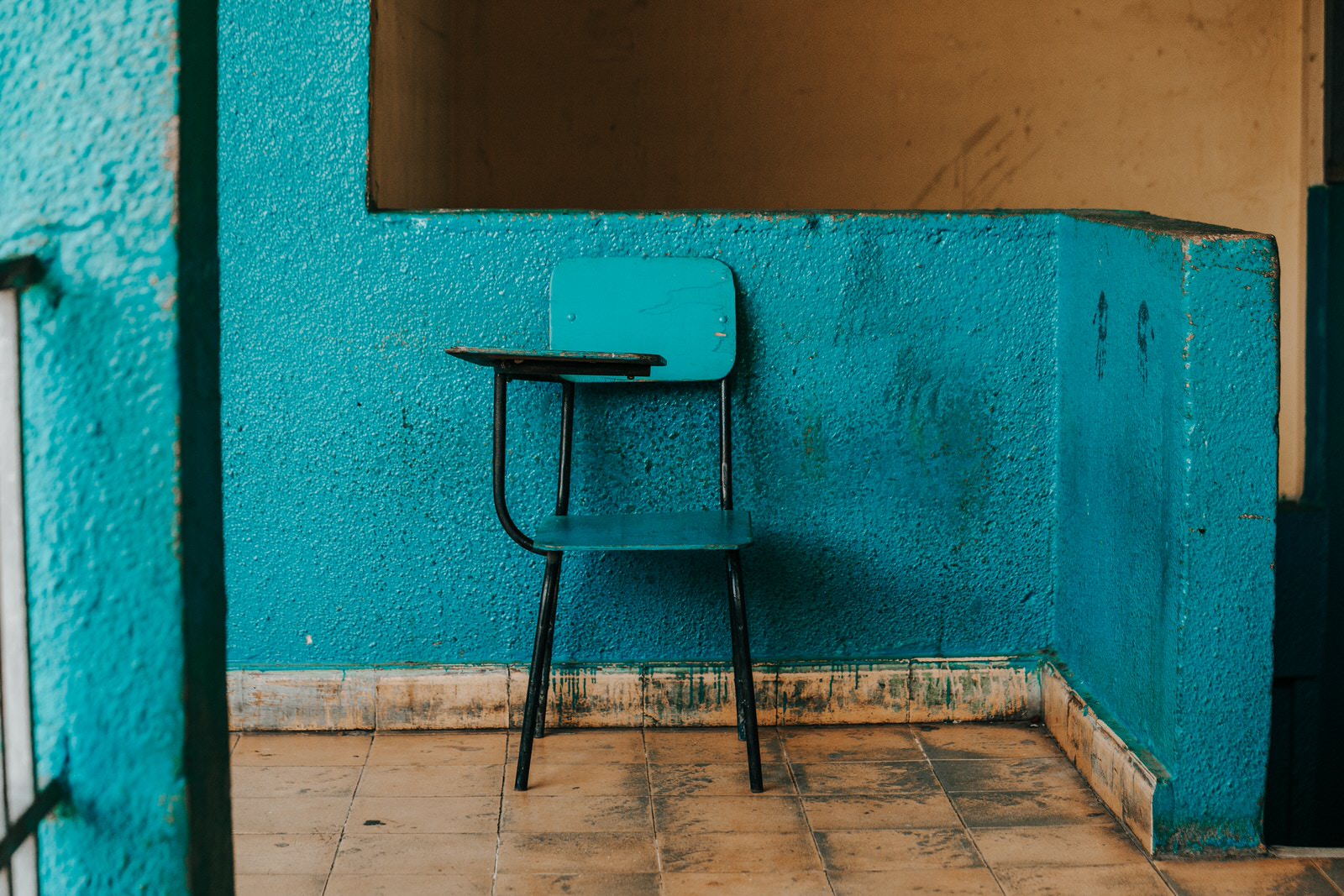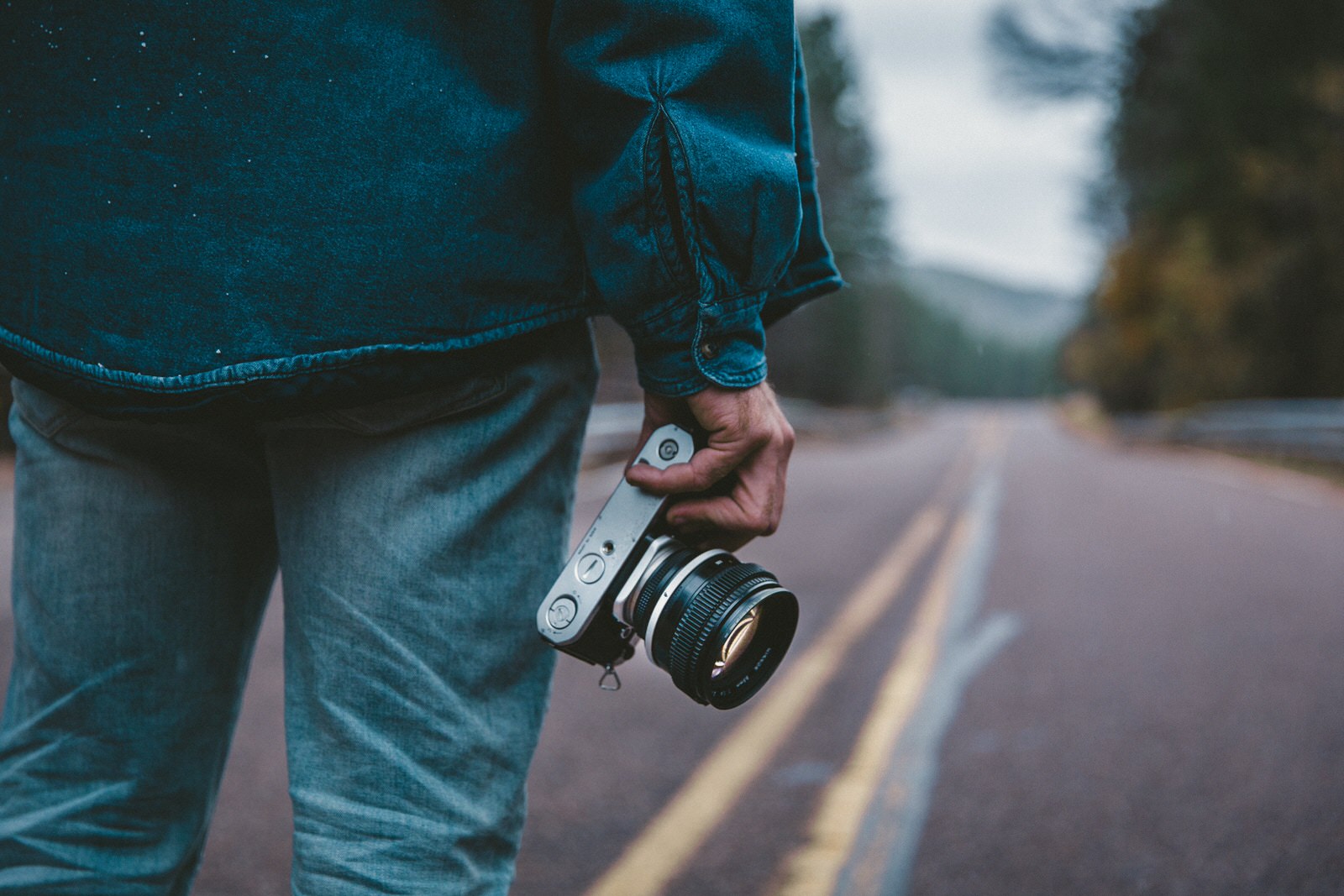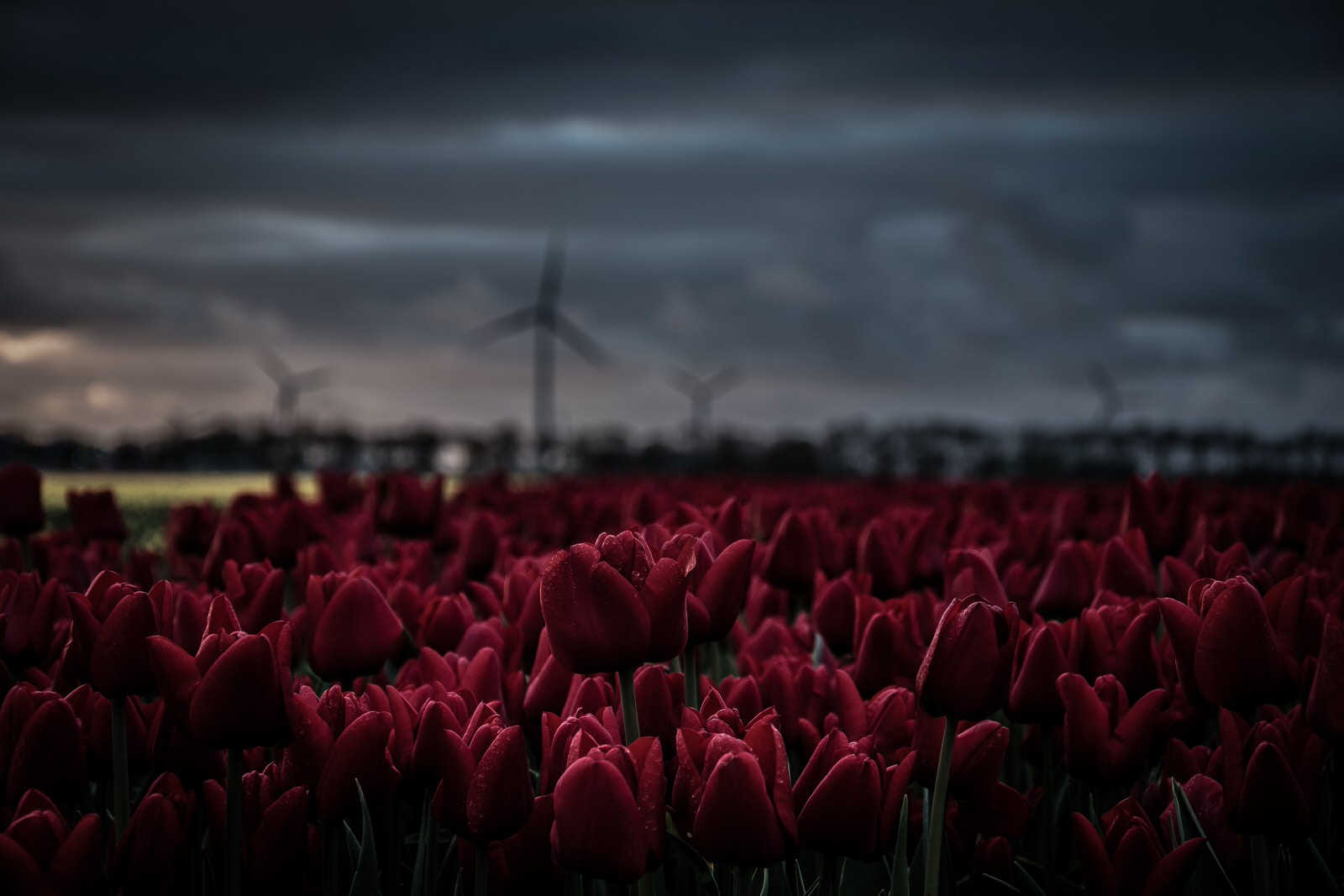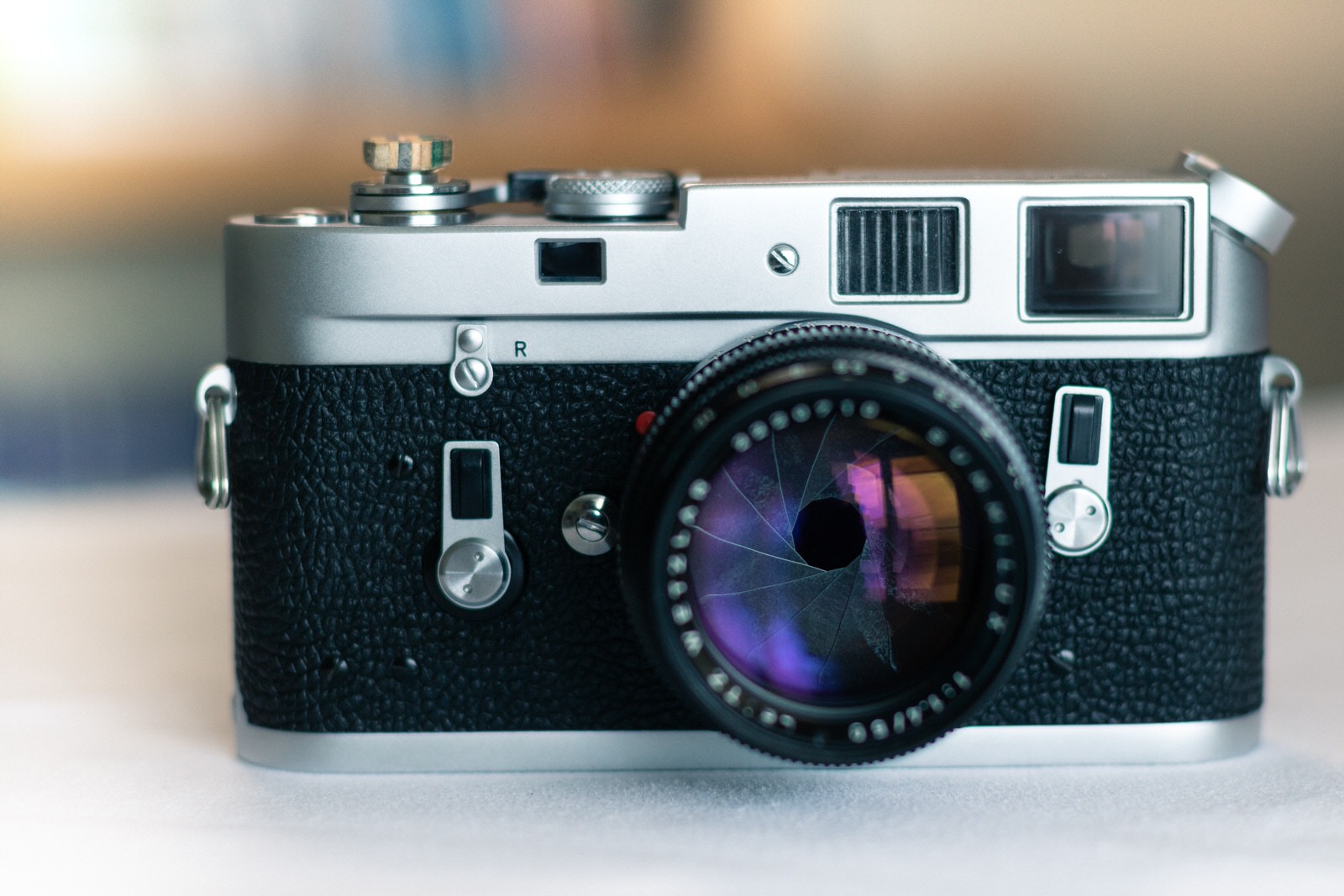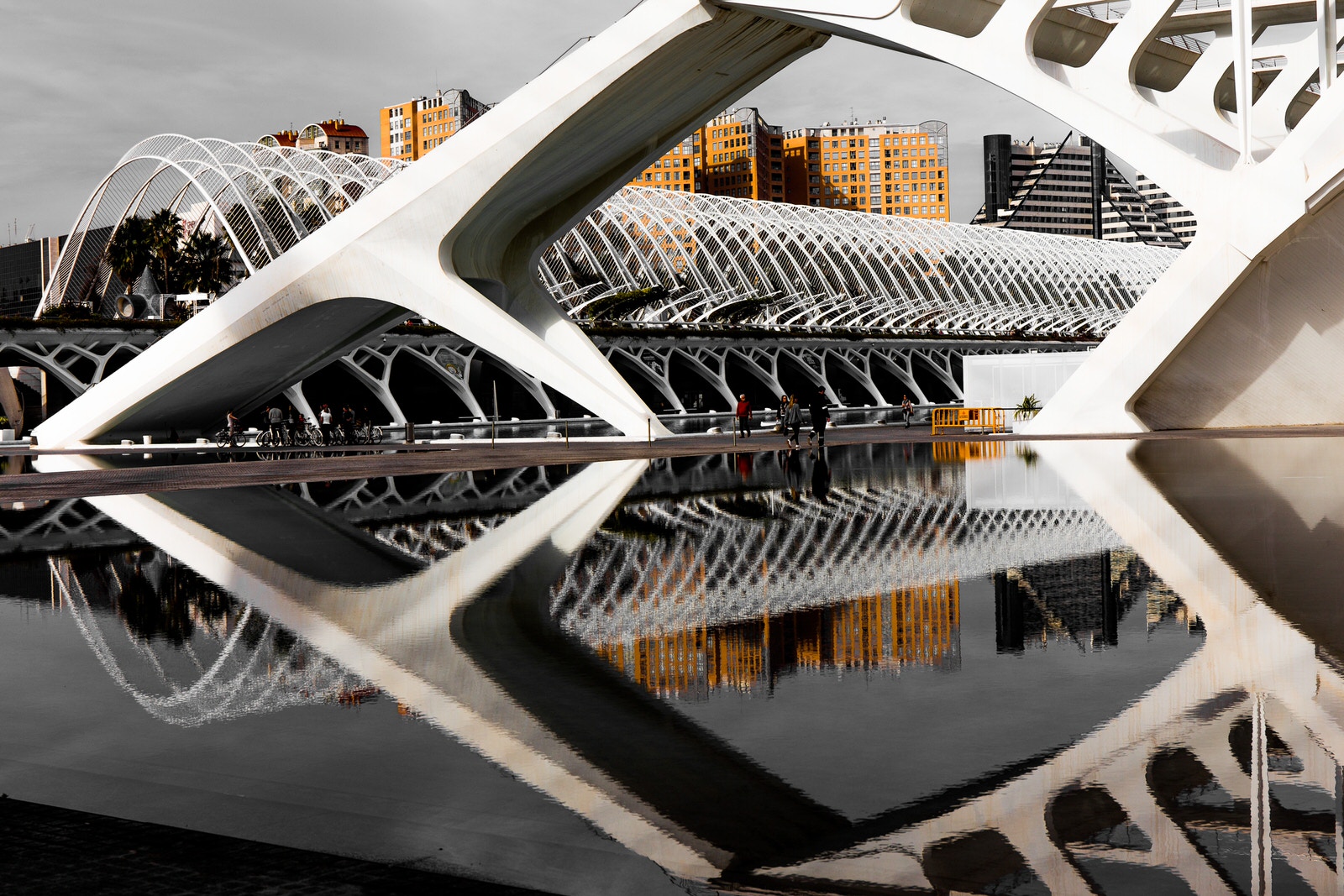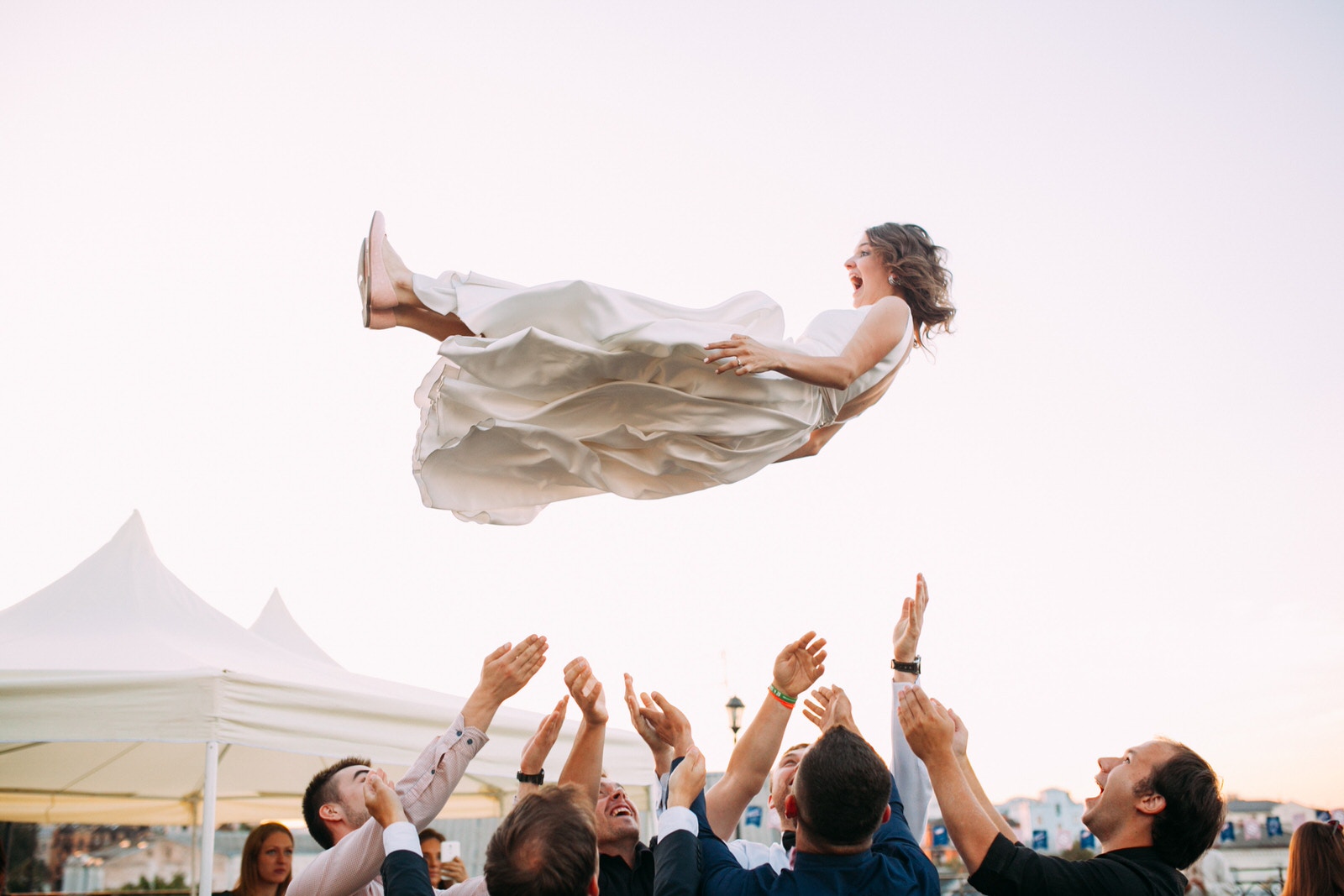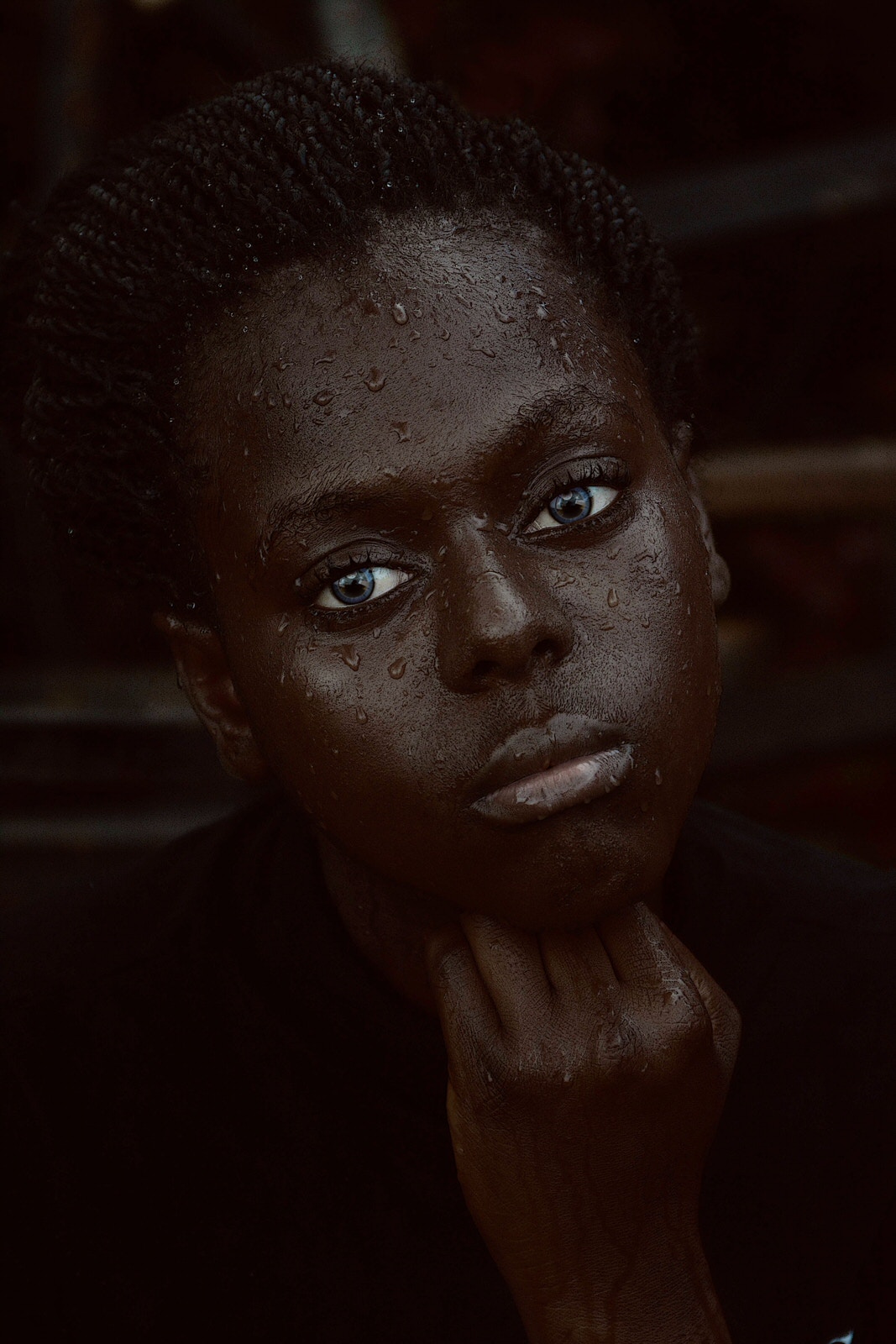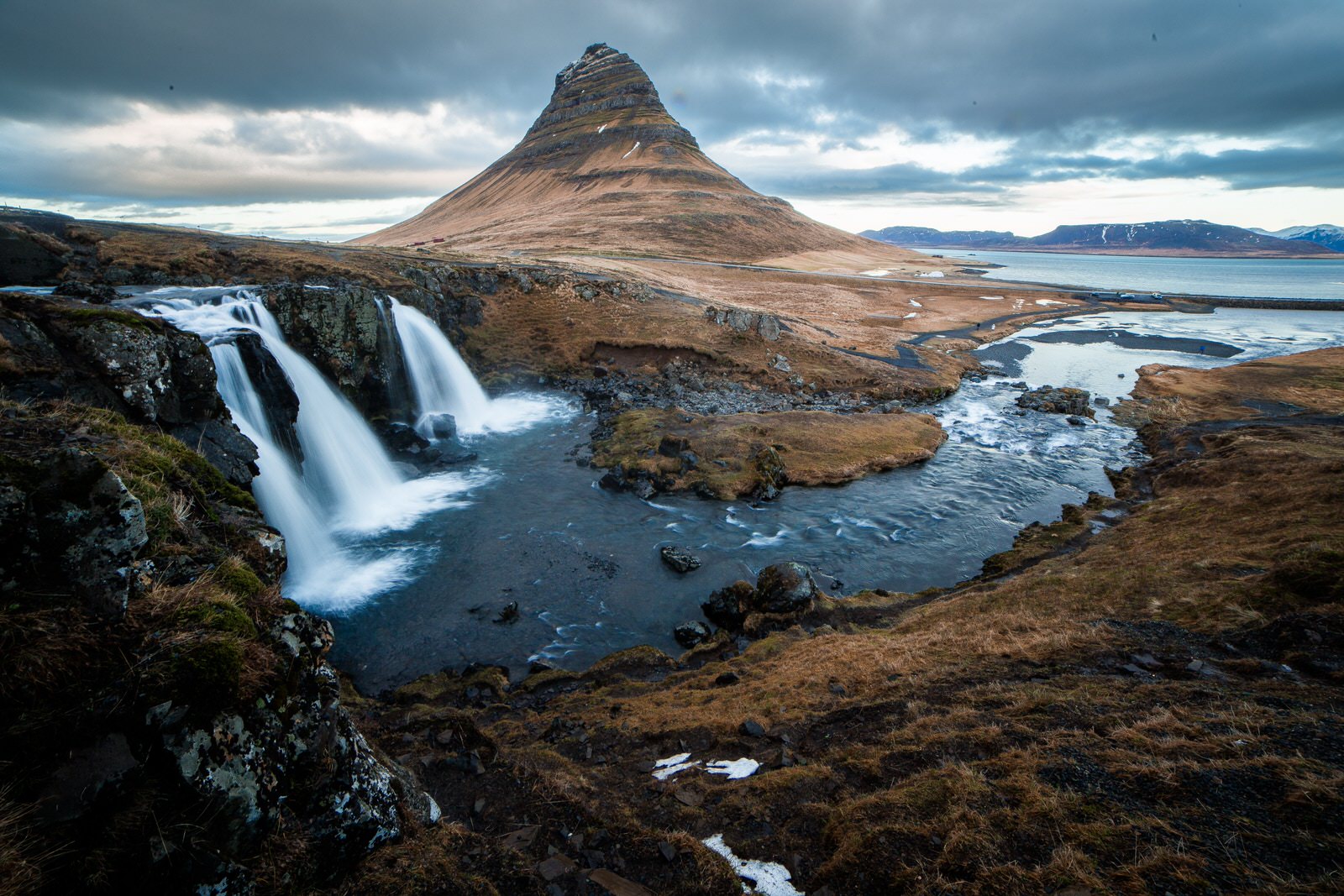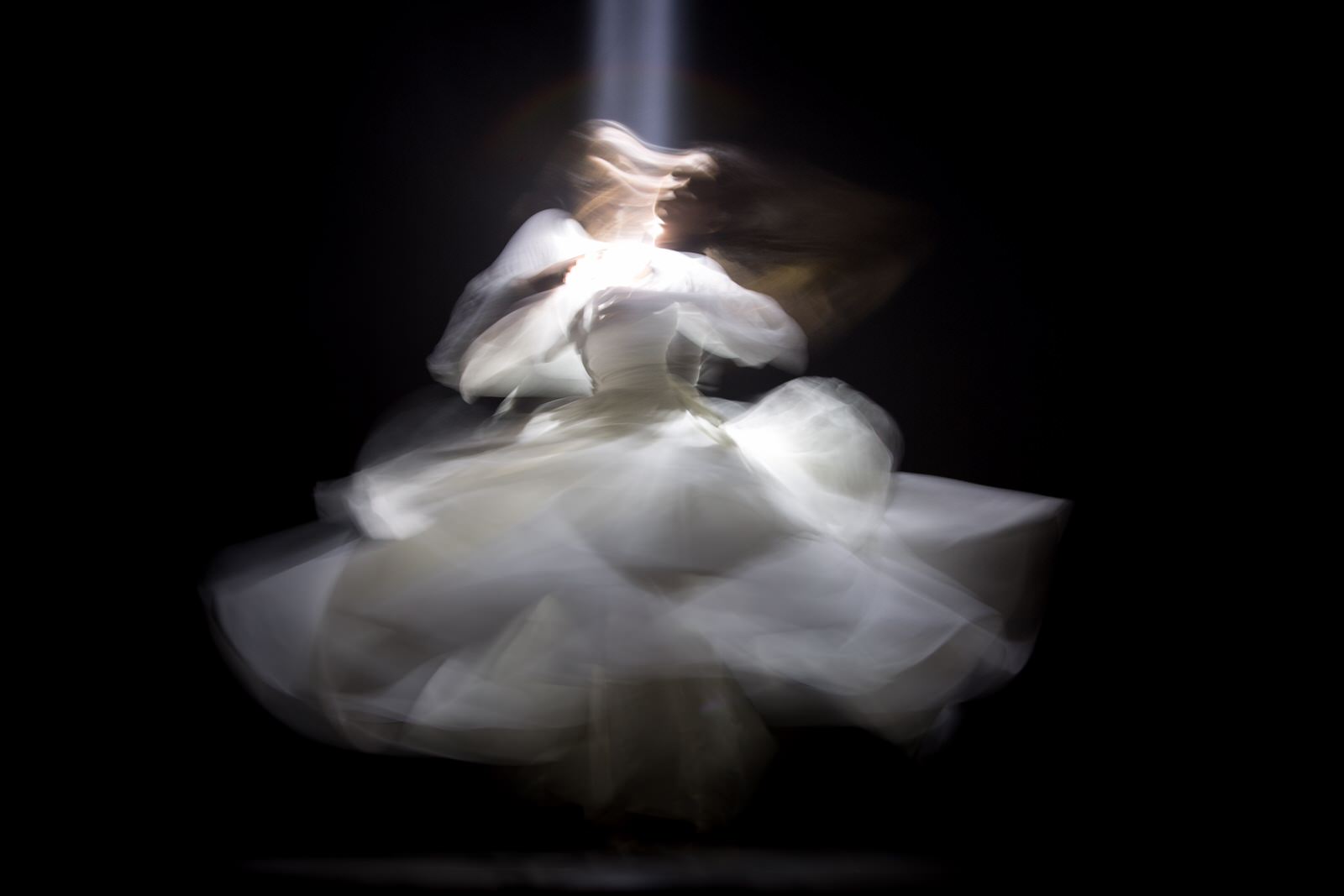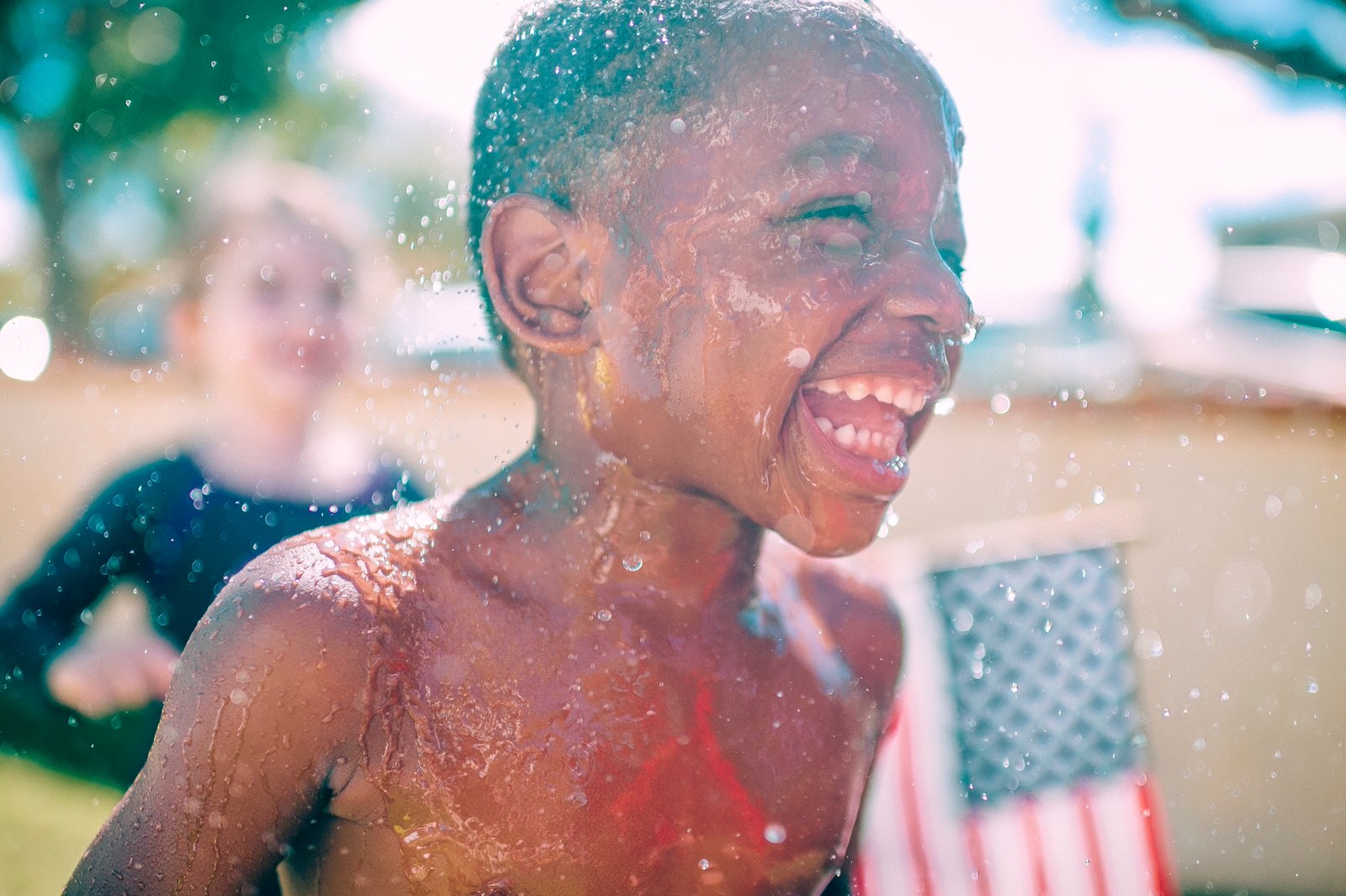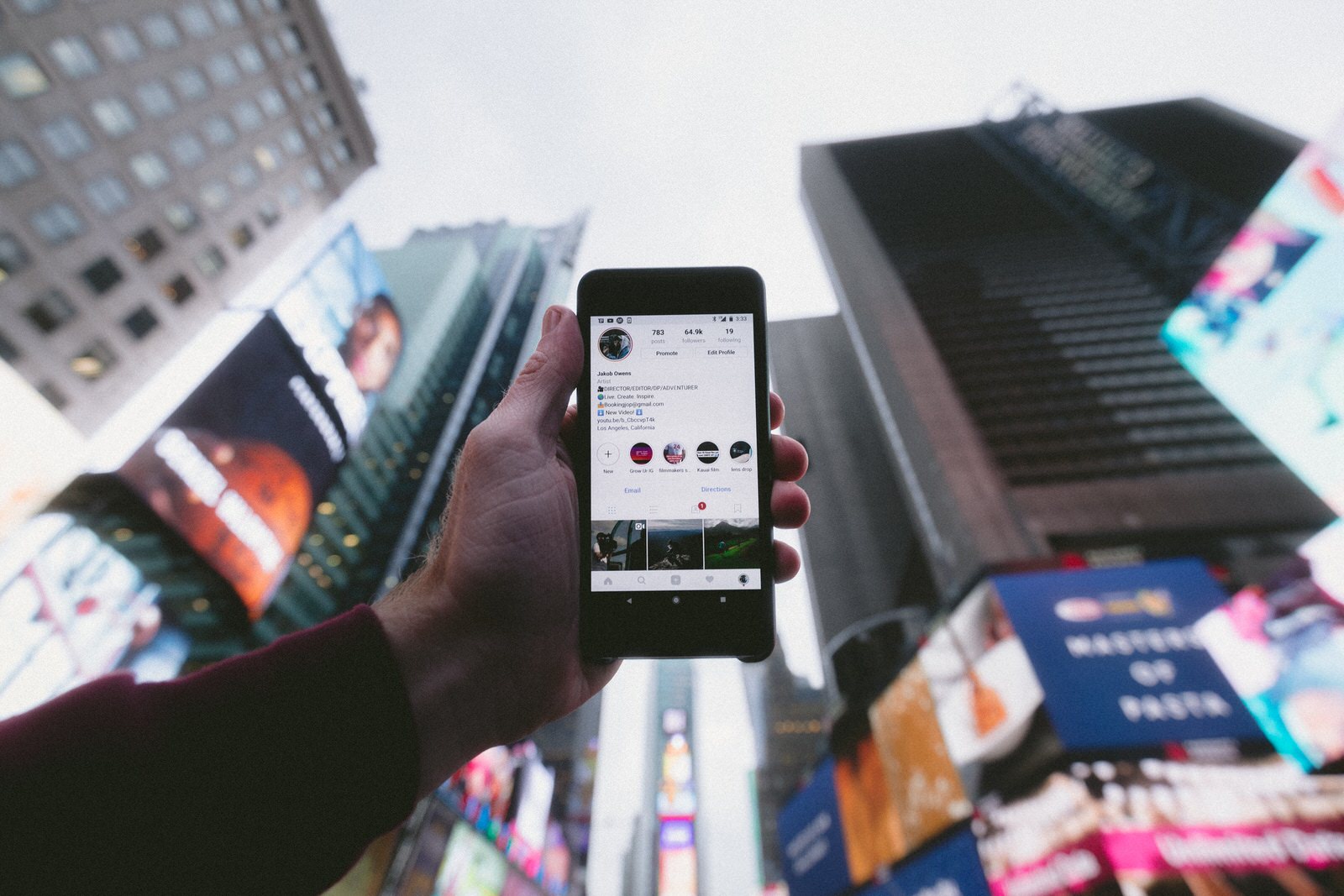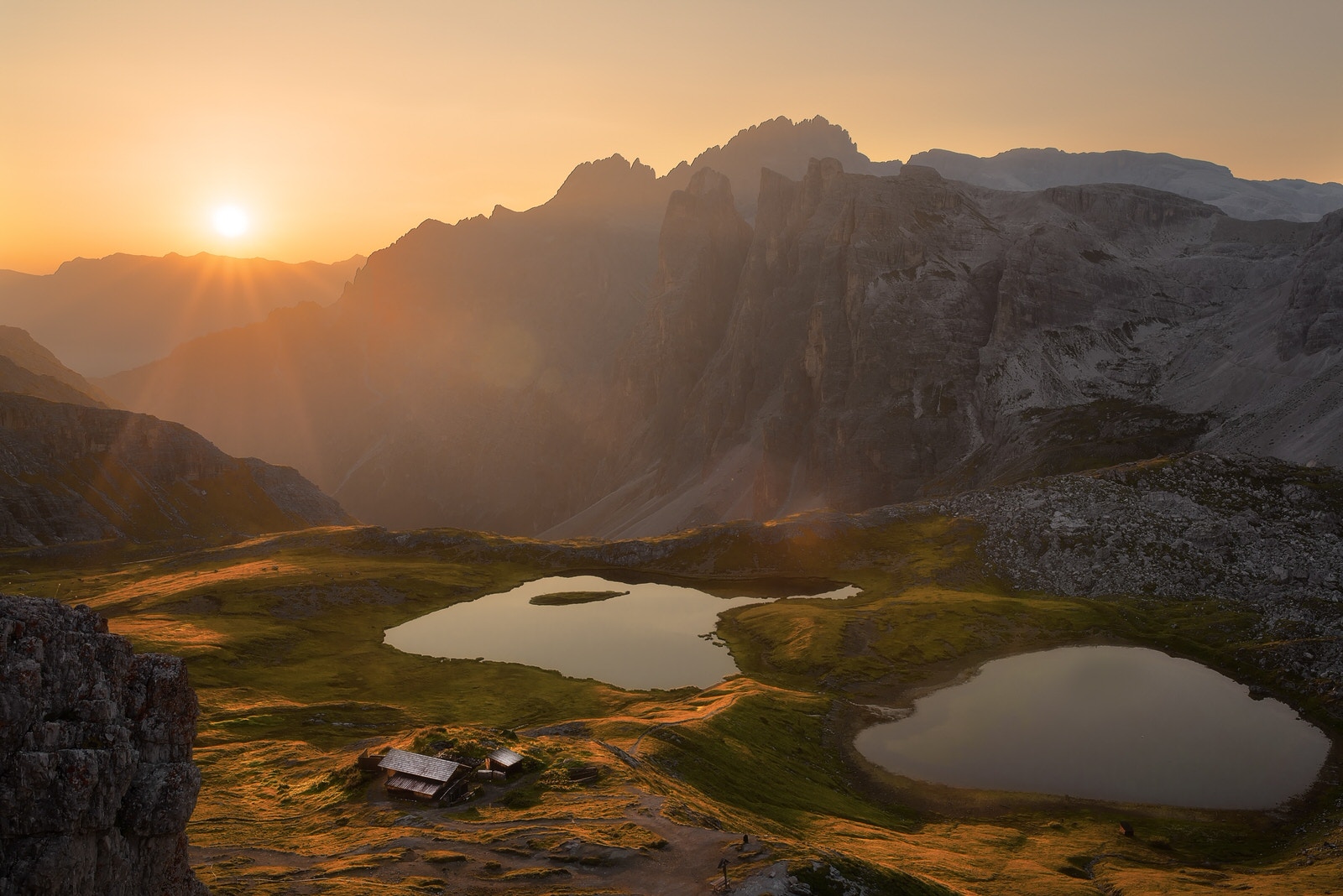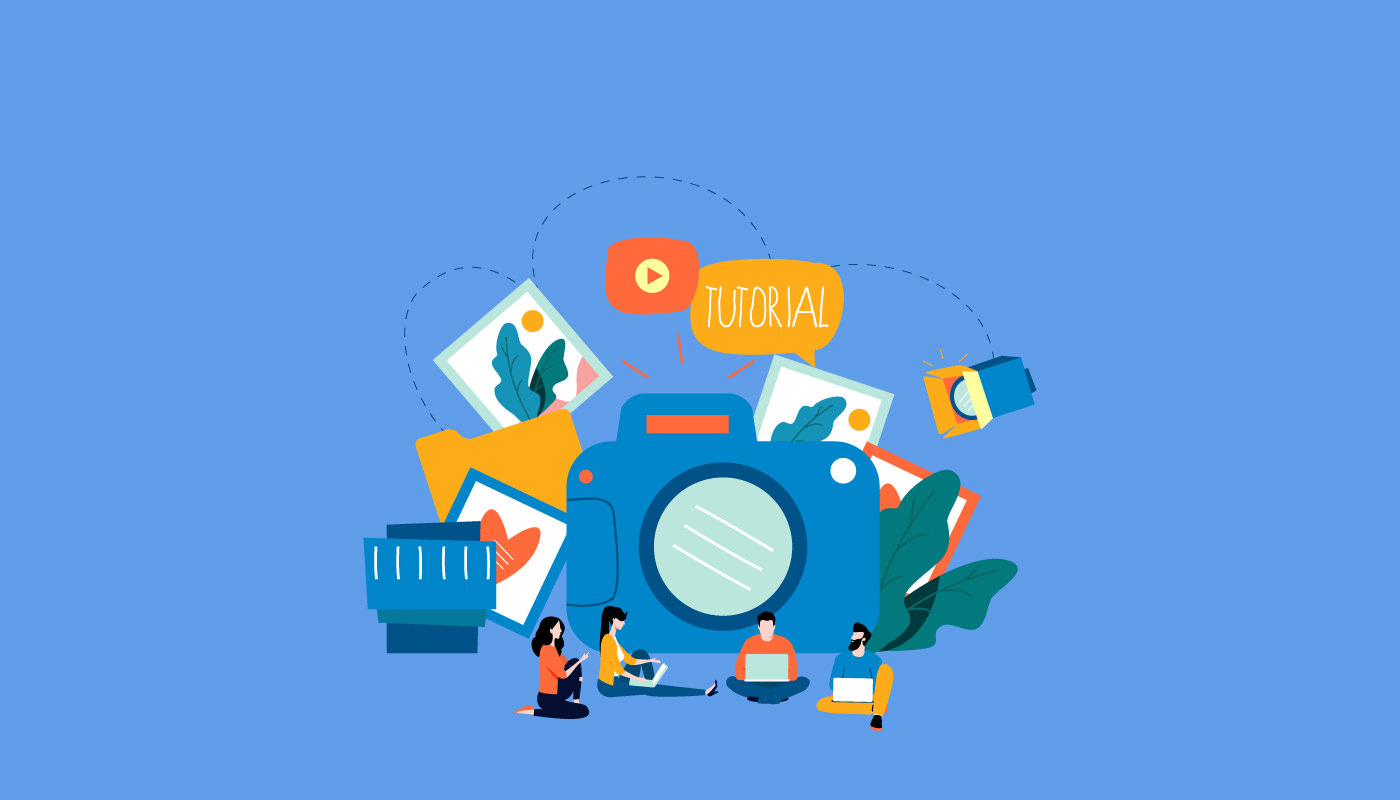
20 Essential Photography Tips Every Photographer Needs to Remember
From just-starting-out to novice to experienced, there’s something we can all learn to improve our craft.
Photography is a beautiful journey, filled with adventure, romance and a killer photo album, when it’s all said and done. So, no matter whether you’re just starting out on that journey or already embedded on an assignment somewhere exotic, here are 20 quick little tips we put together to make sure you and your images stay in focus. Enjoy.
No Matter How Pro You Get, It’s Still a Passion Play
Don’t ever lose the spark that got you into photography. Your passion for creating beautiful images of things that interest you is the underlying motivating force behind every shoot you do. When that spark goes out, it also leaves your images. So, treat your inspiration and creativity as the most vital skill you have. Honor it, cultivate it, nurture it.
Lighting Is Everything
You can always get to know light better. Whether it’s moving from studio to natural light, from day shooting to night shooting or from flash to continuous light – stay a constant observer of this most important part of photography. Learning more, seeing more, trying more.
If you shoot golden light a lot, try midday. If you always shoot natural, see what happens when you add flash. And if you’ve never done night photography, give it a go. It’s all different ways of capturing light. And it’s all beautiful.
Establish Your Own Compositional Rules
Whether it’s an adherence to the rule of thirds, a love of circles, filling the frame, dramatic lines or repeating patterns, your choices in how you frame a shot defines you as a photographer. Know what appeals to you and create your voice through your compositions.
It’s All in the Details
Audiences love detail and light provides it. The more light, the more detail. But don’t forget to keep a steady hand, too. This is the physical skill of taking photos – keeping the camera level and still. Keep improving your abilities here, use a tripod when necessary and remember that there are surfaces everywhere to place a camera on or steady yourself with. Also, most new cameras have the ability to click a shutter with your phone. Take advantage of every tool you have to get as much detail in every shot.
Shoot like a Pro, Think like a Student
There’s nothing less impressive than the know-it-all photographer. As good as your shots get, there’s always room to learn and improve. When you keep a student mentality, it keeps you curious and hungry. And this keeps you getting better. As soon as you think you got this all down, you join the ranks of the jaded and uninteresting. Stay thirsty, put yourself in places that challenge you.
Sometimes Auto Is Exactly What Is Needed
It’s true, mastering your camera and all its settings makes you a more flexible photographer, and there are certain kinds of shots that simply cannot be achieved without taking the reins on your camera’s controls. However, there are also plenty of situations where auto can be a life-saver. No need to make life hard for yourself for no reason. If you’re simply out trying to capture a moment, try it on auto for a bit – your camera may surprise you. Doing a portrait in a difficult lighting situation? Try putting it on aperture priority, going as wide as it will allow for that shallow depth of field and let the camera figure out the rest. It’s there to make your life a little easier when you need it. No shame in the auto game.
Read the Manual
Very few of us read our manuals. But you should definitely think about digging it out and learning something new about your gear. Put aside some time on a rainy day, or during a long, boring airplane ride. As dry as that writing is – and as many times as you’ve tried to understand what TTL or rear curtain means – really studying it might just lead to the idea you need right now.
Be Someone Else for a While
“Create your own voice!” You hear that alot in the photography world. And it’s super noble. On the other hand, there’s an incredible amount of inspiring photographers out there doing awesome work – why not just taste a bit of someone else’s style and see if it sparks something new in you? Truth is, you’ll never do exactly what someone else did – it’s too hard to control every single variable anyway. Use someone else’s genius as a starting point and then go be your own genius. Scientists work this way, why can’t photographers?
You’re in RAW, Right?
Just a quick reminder here to give yourself every bit of flexibility and detail available in your great camera by keeping it on RAW mode. RAW images allow more forgiving post work with more data and detail to make your image exactly the way you want. You can even compensate for a bad exposure or bring up some shadows.
Zen and the Art of Aperture, Shutter Speed and ISO
Here’s what you need to know about the big three: aperture, shutter speed and ISO. Each one is designed to give you more light, with a payoff. The art of truly mastering the manual mode is understanding what each one of those elements takes away as it gives you more light.
Larger aperture gives you more light, but takes away the length of your depth of field (blurrier backgrounds). Slower shutter speeds give you more light, but can make your images blurry if either the camera isn’t still or the subject moves. And higher ISO will offer you more light, but will add noise to your image.
So, in becoming a master of manual, don’t think about what the controls give you, think about what they take away. Ommm.
How Are You Leading Your Viewer?
As lines recede in space, they converge. You know it as perspective. But your audience only knows it for how it draws their attention to something, or creates a dynamic feel to your image. Experiment with the height of your camera, how you position it to look down a street and where the lines all lead. Even squatting down a foot can dramatically change the way a shot will be felt. Likewise, getting on a ladder, or holding your camera over your head will alter the perspective. You’re the director.
It’s Hard to Be Interesting
Remember, this photography thing is not easy. If it were, every shot would look amazing and, well, you’ve seen Instagram, right? Zzzzz. The best shots are nearly always difficult to achieve. They require a sudden stop of a car, asking someone to do something, going somewhere uncomfortable, being intrusive, lugging lights around, getting up early! It’s hard work being interesting and there are no shortcuts. If you find you’re looking to up your photo game, think about how far you’re willing to go to do it. Without putting yourself in harm’s way, of course!
You Are the Average of What You Look At
Be precious about what you subject your eyeballs to. Look at amazing work all the time. Set your bar high. Find the social networks of people who do great art. Your quest for finding inspiration online isn’t limited to Pinterest, Flickr, Instagram and Facebook – try a new one, like Ello. Or join something more specialized, like Behance, and start to fill your feed with work that inspires, instead of tires.
Eyes Are the Prize
When it comes to people, remember that the best way to connect your viewer to your subject is through their eyes. Eyes not only tell us the big emotions: sadness, anger, joy – they tell us the complexities of life. A smile with sad eyes is an entirely different emotion that a smile with bright open eyes. Give direction and be a studier of painting a portrait with a look. This will do more for your image than any settings or light setup you can learn.
Shoot First, Buy Stuff Later
A good rule of thumb on what to buy for yourself is to let it be dictated by what you’re shooting. For example, you don’t need a graduated neutral density filter until what time you’ve decided to shoot landscapes in situations that could use one. Go shoot and see what you’re missing, then fill in the gaps. This goes for different lenses, hard drives and many other things that seem “necessary” at first. Give yourself the time to discover what tools really help your style of shooting.
Experiment and Play
We all need a little reminder every once in a while that we’ve gotten a little rigid with our style. It happens to beginners and pros alike – we learn what we’re good at and we stick with it. Don’t forget to do something different. Take on a crazy assignment, or give yourself one. Take a few shots during your photoshoot that are done in an entirely different way. Photoshoots, by their nature, lean toward a certain time-restained bottom line. Just get the shot! This means that on set, the person who says, “Hey, what if we tried this a little differently?” is going to be resisted. Be that person. Fight the resistance!
Edit for Reality, and for How You Felt
When you get the image into the computer and are ready to start applying some changes to it, remember that people connect with what is real. They may be awed by your post process prowess, but that’s nothing compared to an image that captures real life in a relatable way. A good technique is to try to remember how you felt when you took it and have that come across in your processing. No more, no less.
Learn By Adjusting
In the beginning, you go out, shoot and some images look good and some don’t. Then you adjust so that you get a higher percentage of good images. But as you move on from those beginning stages, it’s important to remember to never stop those little adjustments. That one step closer to the subject, that slightly steadier hand, that more perfect composition – these little things will help you continue to improve a few steps everyday. This is the key to mastering it.
Your Profile Is Your Portfolio
You can learn a lot about yourself and your photography by keeping a public profile. Sure, your decisions are your own, but seeing what people respond to is also a powerful thing to be aware of. You can use it to your advantage. So, set up your online portfolio, in your place of choosing, and curate it well. This will become your calling card and, these days more than ever, and a deciding factor on whether people want to hire you.
Sometimes you may decide to switch it up and be something different online. Go for it. Reinvention is part of the process – you can try on as many hats as you like!
Live!
Hey, no matter what level you’re at, you are first and foremost a human being. You’ve got to be out having a great time, living life and following your passions. Recommit yourself to enjoying every minute you’re out shooting. Even when it’s frustrating or not going how you thought it would go, enjoy that, too!
Photography is, and always should be, one of the most rewarding things you can do. At the end of it, you have something to look at. Something tangible. A little moment of life as you lived it. What a beautiful thing to get to do.
